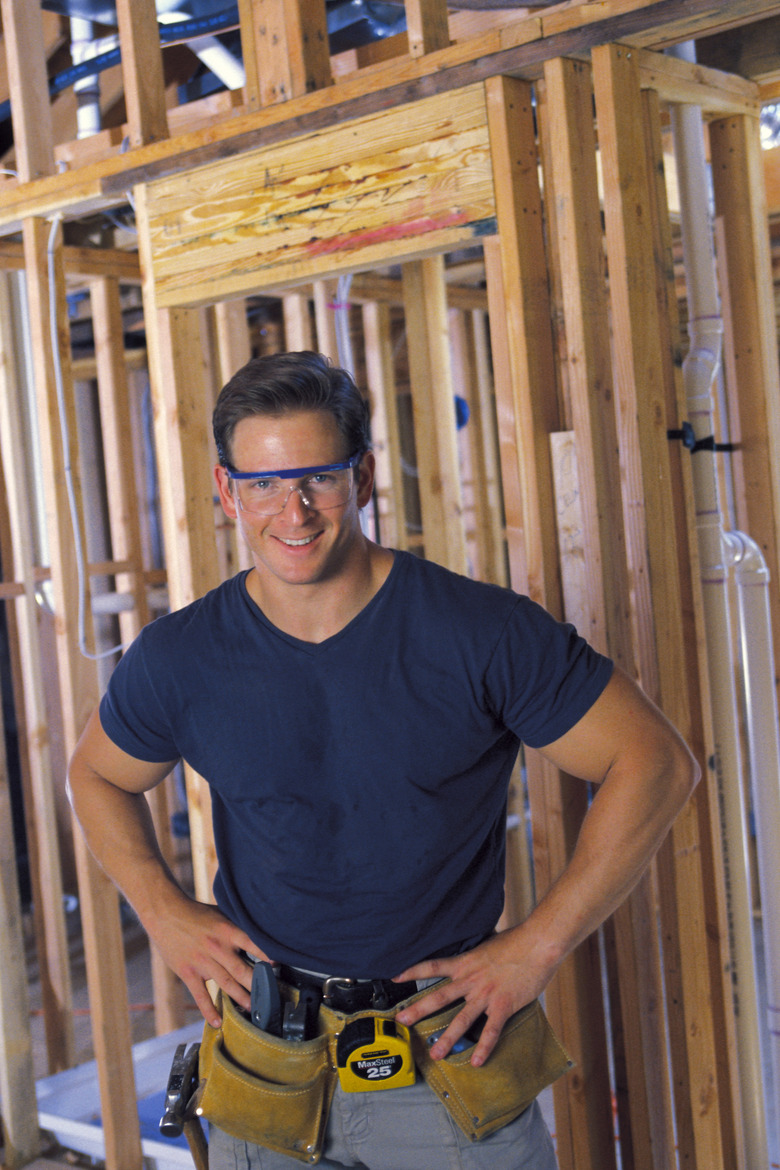The Thickness Of Sheetrock For A Ceiling
Drywall comes in large, flat, gypsum-core panels wrapped with a strong, paper skin. The panels, which are 4-feet wide, are available in lengths ranging from 8 to 16 feet. The panels are purchased in various thicknesses with the thinnest panels being the least expensive. Sheetrock is a brand name for drywall products made by the USG Corp., although the name is synonymous with drywall in building circles.
Residential
Residential
Unless local building codes specify a thickness for ceiling drywall, using panels that are one-half inch thick on ceilings with 16-inch joist spacing is standard. The thinnest panels, which are one-quarter inch thick, are generally reserved for overlaying existing walls or ceilings because these thin panels have a tendency to wave and warp when installed alone. The same is true for three-eighths inch panels, which are only slightly thicker. Panels that are one-half inch thick provide a flat, strong ceiling.
Wider Joist Spacing
Wider Joist Spacing
If the ceiling joists are spaced 24 inches apart, some builders upgrade from one-half inch panels to five-eights inch panels and building codes may require it. These thicker drywall panels span the wider joist distance without increased risk of warping. They are also heavier and more expensive than standard one-half inch drywall. Drywall lifts are beneficial for installing any panel thickness overhead, but they are essential when installing heavy five-eights inch Sheetrock.
Fire Retardant
Fire Retardant
Some building codes require double drywall layers that increase fire resistant properties on some ceilings. This is most common in apartments where the ceiling acts as a divider between different tenants. Called a "party wall," you may be required to hang two one-half inch drywall layers with staggered seams. Alternately, code might call for fire-retardant drywall, which comes in one-half, five-eights and three-quarters inch thicknesses. The thicker the regular or fire-retardant drywall, the longer takes fire to spread through the ceiling.
Soundproofing
Soundproofing
The same general rule of thickness that applies to fire-reduction applies to sound dampening. Hang double layers of standard one-half inch drywall or hang special, sound-resistant panels that are more expensive. Sound-resistant drywall contains lead particles or other sound-absorbing materials and is very heavy. Standard sound-dampening panels are one-half inch thick, although thicker panels are available and often used in commercial construction.
